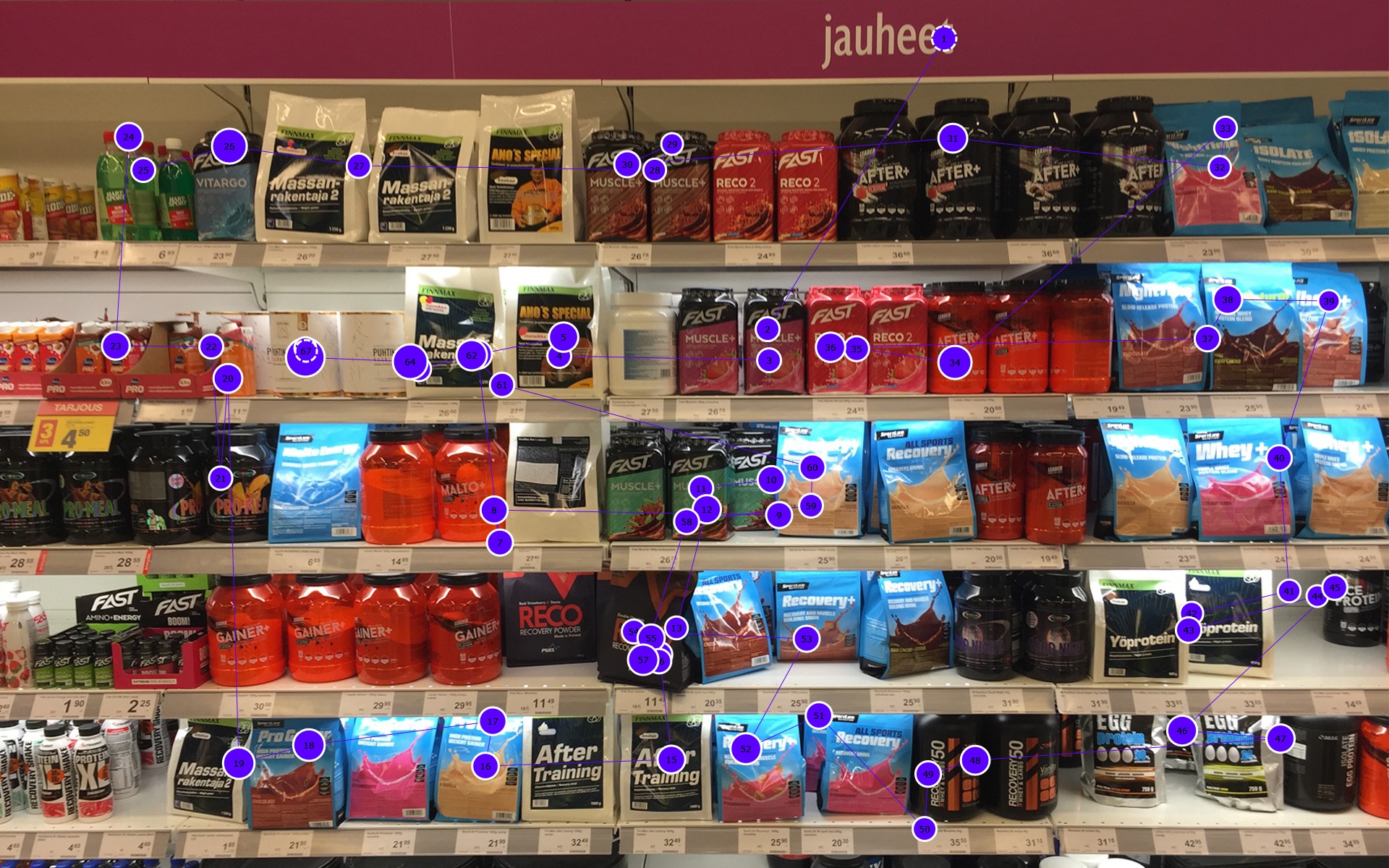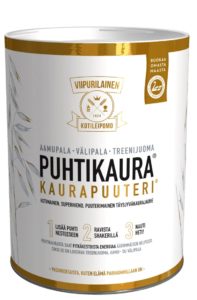
Packaging may be eco-friendly, but it also creates value for what is inside. When the packaging of an upmarket brand of braces (also called suspenders) was changed, consumers were prepared to pay almost twice as much for them as before. Similarly, a smart sticker on the packaging of a salmon fillet, showing whether the cold chain had been broken, made the product more attractive.
On-line buying has increased the demand for corrugated paperboard packaging, and small wonder: paperboard transport packaging is light in weight, sturdy, renewable and recyclable – and most often it is recycled. With the drop in newsprint demand, many companies have retrofitted their newsprint machines for paperboard production. In Finland, Stora Enso has already completed this in its Varkaus mill and is doing it in Oulu.
Yet the packages used in on-line sales come nowhere near the best that can be expected of paperboard. The packaging you see on a shop shelf is the product manufacturer’s most important communication channel towards the consumer. The messages sent by the packaging are therefore designed very carefully. So, it is not by accident that milk cartons are always placed in the display cabinets with the same side facing the buyer.

The side shown to the buyer is meant to tell about the product and to sell. The other side, which the consumer will look at at home, tells about the producer and the brand.
’And the main thing is that they never stop doing this,’ says Virpi Korhonen, who researches packaging and is the founder of the Sense N Insight research company. Korhonen has long experience of research into packaging, and her company is one of three that provide testing of packages for brands and manufacturers of packaging.
Korhonen says that the know-how of just one company would not have been enough for designing and implementing the test set-ups or for analysing the results. ’It’s been said that you need 16 degrees before you can call yourself a packaging expert,’ she continues.
Packaging creates new value for the contents
According to Korhonen, the importance of packaging design is not always understood. The producer may think that more or less any wrapping will do. ’If it’s a good product, manufacturers may think that it will speak for itself,’ says Korhonen.
Korhonen knows several examples of investments in packaging that were paid back in six months as increased sales. ’70 percent of purchase decisions are made at the shop shelf, 85 percent are made even without touching a competing product and 90 percent are made on the basis of the package front,’ Korhonen lists.
In the forest sector packaging is traditionally valued because of its technical properties alone: it protects the products across the entire logistics chain, it enables a diversified, high-quality printing result, it is renewable and recyclable.
It is extremely rarely that packaging manufacturers think of pointing out that the packaging will bring added value for the product and can sometimes even create all of it.
Then again, those making the products to be packaged do not like to view things in this light. It is in the interest of the manufacturer – with the help of the packaging, perhaps – to make the consumer think that it is the content that is unique.
Korhonen says that professional packaging design can increase the consumer’s willingness to pay by 10–20 percent.
Paperboard packaging made the product visible
A good example here are expensive artesan-type alcoholic beverages. Korhonen has studied their packagings with a view to enhancing product distinctiveness.
The findings show how significant such studies are, and particularly if made before the product launch. On the other hand, consumer experience of using the product is also worth studying, for only this will show whether the consumer will buy it again.
In many cases distinctiveness is sought after by making the bottle a different shape from the competitors. Once the bottle is placed on the shop shelf it is seen that there are other bottles of a similar shape.
Distinctiveness can be enhanced by putting the bottle in a paperboard box. This may improve its visibility and attract significantly more attention.
On the other hand, if a product is packaged in a non-transparent box, there is a risk of the consumer being misled: it can be that the taste is experienced as much too strong in comparison to the shades of colour used in the packaging. Still, this need not be a problem if the same product is also on display without the box or if the box has a window to show the product inside. In this way consumers will immediately have an appropriate image of what they are buying.

Launching a product is the most expensive packaging test
’One way of testing the packaging is, of course, to place it on the market. But that’s always the most expensive way,’ Korhonen says.
To a lay person, modern methods of studying consumer behaviour appear amazing, especially the fact that it is possible to know in advance to a millimetre and a millisecond, which part of the display the customer will first look at.
An excellent example is the Puhtikaura powdered oats, a pre-cooked full-corn oat powder, which may be used in the way of protein powders as an ingredient of smoothies and other foods.
The response to the beautiful and well-designed package was carefully studied by eye tracking: on average, after how long a time and for how long did the consumers look at such things on the packaging as information on the manufacturer, the slogan, the instructions for use, the brand name, the logo and the ’Hyvää Suomesta’ label indicating that the product is of Finnish origin.
Yet when the innovative Puhtikaura package was placed on the shelf, everything was different. No matter how great the package was, its appearance was not distinctive enough among the riot of colours on the protein powder shelf. Consumers found it difficult to categorise the product, which is often a problem for innovative foods.

Consumers ‒ not brand managers ‒ decide
Korhonen says that the impact of packaging on sales can be expressed as one figure, which Sense N Insight have named the SNI Score. In principle, it covers everything that the packaging can have an impact on in the consumer’s thoughts.
Still, the consumer is very often forgotten. Even a skilled brand manager may only assess the package design on the basis of ’what it feels like to me’.
’But that’s of no importance at all. The only criterion is what the consumer thinks,’ Korhonen points out.
’It’s important to find out about consumer response, and to do that early enough. If the packaging is already almost finished, major changes are no longer possible,’ Korhonen says.
Virpi Korhonen is also Executive Director (pro tem) of the New Wood project. New Wood is part of the activity of the Finnish Forest Association, as is the forest.fi website.

